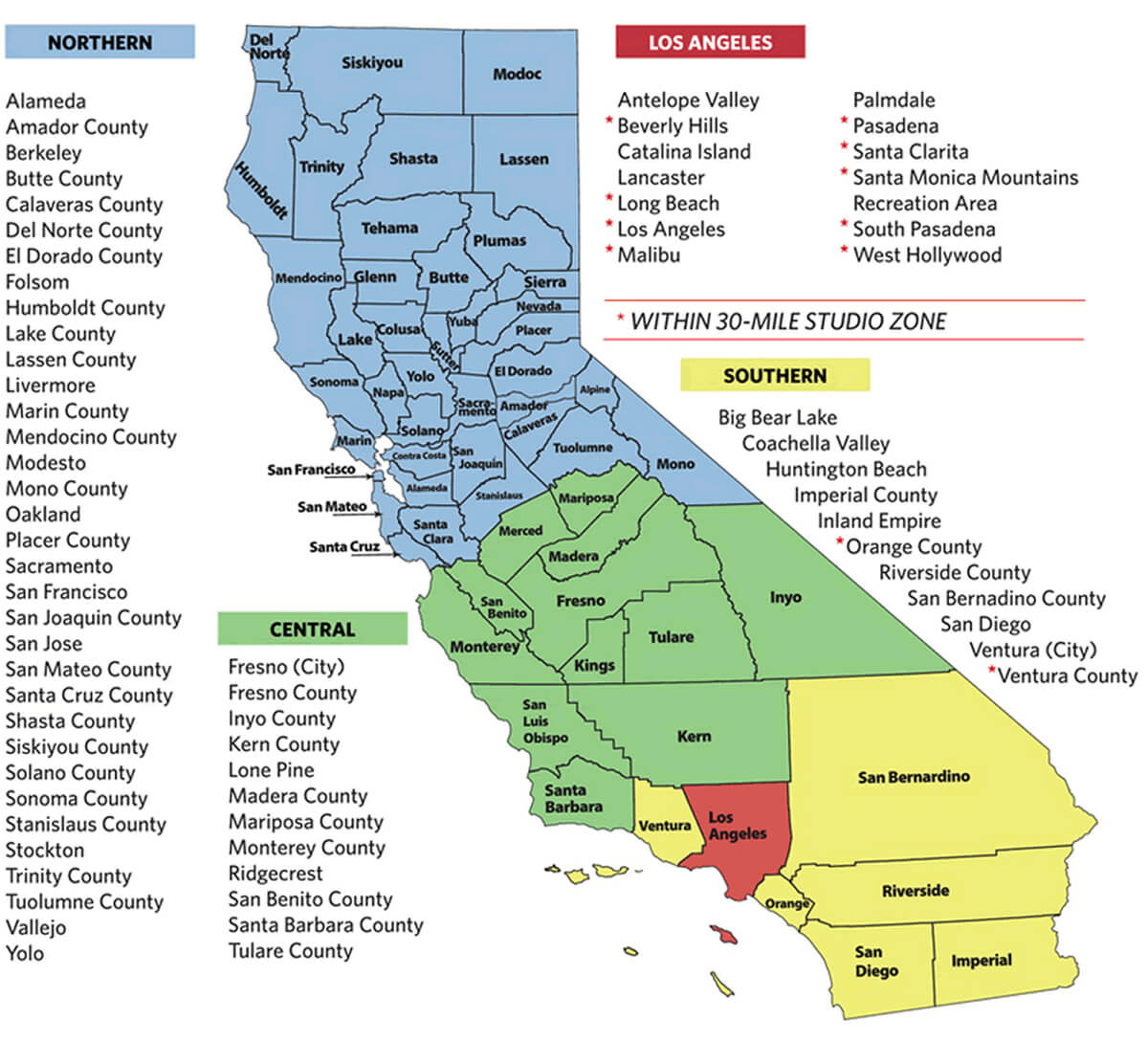California County Totals – Discover the 58 Regions of the Golden State
California County Totals – Discover the 58 Regions of the Golden State
Blog Article

Curious to know how many counties California actually has? You’d be surprised how many people ask the same question. Whether it’s for school projects, travel plans, or simple trivia, the answer—58—comes up again and again, and still that single digit barely scratches the surface.
California’s counties form an incredibly diverse mosaic: sun-drenched coastal hubs, high-elevation wilderness zones, vast agricultural heartlands, and historic mission settlements. Every county has a chapter in the state’s saga, forged throughrailroad expansion, cutting-edge innovation, and waves of cultural fusion.
Over the next few pages, we’ll dig intothe timeline that locked the total at 58, the real responsibilities counties shoulder, and which ones stand out for size, population, or sheer quirkiness. By the end, you’ll have the numbers—and be ready to check here ace any quiz with confidence.
How the Golden State Reached 58 Counties
Upon admission to the United States, the map looked nothing like today’s. An unprecedented population boom compelled legislators to carve out new counties. Within twenty years, the count had ballooned to over five dozen counties, and that same year the final five were added, locking in the canonical figure of fifty-eight.
Legislative records show that most new counties were born because of three overlapping forces:
- Sheer distance made court access impossible.
- Economic clashes pitting ranchers against merchants triggered secession campaigns.
- Ethnic enclaves wanted self-rule.
By 1920, the political map settled. Today, even bold secession schemes rarely get ballot traction, causing commentators to dub the era of county creation truly closed.
Landscape and Climate Diversity Across California Counties
Plot a route from the Smith River watershed to sun-baked Imperial touching Mexico, and you’ll traverse every Köppen zone short of tundra. Coastal counties enjoy fog-cooled summers, while interior giants like San Bernardino or Kern bank on irrigation.
- Mountain counties such as Mono, Mariposa, and Calaveras host ski resorts.
- Delta counties mix levee farms with wetlands.
- Island counties like Los Angeles manage marine sanctuaries.
Such variety explains the stark fiscal gaps between counties. Topography dictates everything from wage levels to weekend hobbies.
What Counties Actually Do
Within the state’s tiered system, cities tackle local bylaws, but county boards oversee the bread-and-butter functions that make communities livable. Cradle-to-grave—marriage licenses, tax rolls, voter registries—all are archived at the county clerk or recorder.
Elected sheriffs patrol unincorporated land, while superior courts hear probate battles. Social-services bureaus administer vaccination campaigns. Tax-allocation showdowns fill chamber galleries with activists.
Example: Contra Costa’s Shared Services Model
Contra Costa partners with nearby cities for animal control, illustrating how flexible county structures can be. There’s no single blueprint when budgets span five figures to double-digit billions.
Ultimately, these 58 mini-capitols translate state statutes into daily action. Understanding their remit empowers voters.
Demographic and Fiscal Highlights
The state shelters over 39 M souls, but those citizens is far from evenly spread. LA County by itself accounts for roughly a quarter. Conversely, remote Alpine rarely tops 1 200 inhabitants.
- Top headcount: Los Angeles
- Least populous: County of Alpine
- Biggest footprint: San Bernardino
- Tightest borders: City & County of SF
Economically, the disparities are just as sharp. Silicon Valley counties see venture cash flow in at record rates, while Central Valley breadbaskets battle mechanisation and drought cycles. Such economic polarity drive school funding debates every decade.
Memorising these recordsmakes relocation plans simpler: county borders redraw home-buying budgets and business licences.
The Ultimate California County Circuit
For intrepid travellers, setting foot in each CA county ranks as a top geo-challenge. A popular itinerary begins in sunny San Diego, follows Highway 101 past surf towns, jogs east near Monterey, then cuts a diagonal across rice-field flats and orchard grids, before ascending into the granite spine for old stamp mills.
Breaking the Trip Into Segments
- South-land Loop – Mission trail coast; 10 counties in three days.
- Crop-Belt Drive – Grapes to rice paddies; produce-market run.
- Shasta & Siskiyou Turn – crater-rim roads; hidden hot springs.
Finish the circuit in Imperial, after two thousand kilometres of asphalt. After that, you can answer any road-trip quiz about county tallies—having grabbed selfies at every line marker.
FAQ
Below you’ll find concise answers to the most common county-related queries.
How many counties does California have?
Government documents list 58 counties—a total locked in for over a century. Check any authoritative source, and you’ll find the same figure: 58 in all.
Most populous California county?
LA County leads by a wide margin, housing roughly one in four Californians. Its size stems from historic migration waves, a diverse economy, and global cultural pull.
Which CA county has the fewest residents?
Alpine County holds that distinction, rarely crossing the 1 200-resident mark. High-elevation geography limits large-scale development, preserving a frontier feel.
What is California’s biggest county geographically?
San Bernardino County spans the most ground stretching more than 20 000 square miles. From Joshua trees to ski lifts, few regions illustrate California’s contrasts so vividly.
How did California end up with 58 counties?
The current tally emerged from 19th-century partitioning, wrapping up after Imperial broke from San Diego in the early 20th century. While secession talk appears now and then, no plan has passed statewide hurdles.
Could a region break away to become its own county today?
On paper, state statutes permit county formation, though the process is arduous. A break-off region must gather local signatures, win a majority vote in each affected county, and secure legislative approval. Hence, California has remained at 58 for generations.
Which responsibilities fall to county governments?
Behind the scenes, counties keep daily life functioning: foster care, libraries, building permits, and superior courts. Without county infrastructure, everything from jury duty to restaurant inspections would grind to a halt.
Report this page